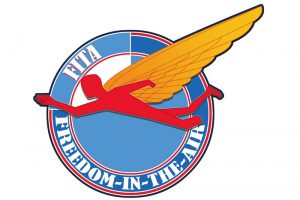I am going to keep these next few entries short as i have much reading to get on ahead of tomorrows lesson..i will sum up the main point in the ex that i covered today. I did this with Alan as Paul was in Geneva with BA…it was nice to get the chance to fly with Alan….
so the 4 stages to a climb are in the fuller page. I have scanned my hand written notes. it is a bit mesy but I understand, i hope you do to!!
explanation of why back pressure is required when maintaining a level turn
TURNING
AIM: Fly a medium turn @ constant airspeed
– a medium turn is done by
a) maintain constant height
b) use medium angle of bank (30 degrees or less)
c) use constant power
d) stay in balance
use excess power to (1) acelerate or climb – (2) acelerate and climb – (3) for any movement which needs extra power
applying full throttle will increase thrust therefore exceeding and overcoming drag
To maintain speed use thrust = which will increase climb – thus rate of climb (altitude gained per min).
Power can balance drag – thus = level flight
When T & L are correlated the lift is greater then W.
Rate 1 turn
• Changes heading @ 3 deg per sec
• 180 deg in 1 min
• 360 deg in 2 min
To achieve a R1 Turn – Rule of thumb =
Airspeed kt / 10 + 7 deg = degree of bank needed – e.g-
120kt/10 = 12 + 7 = 19 degrees to achieve a R1 turn at 120kt
Airspeed mph /10 + 5 deg = degree of bank needed
120mph/10 = 12 + 5 = 17 deg of bank req at 120mph
looking is very important when doing turns. Excuse the messy image here scanning for traffic. I am going to just scanmy hand notes and if you find them useful then i am pleased but the main thing for me is that i can make sense of them..
Notes on The Glide – click image to enlarge






